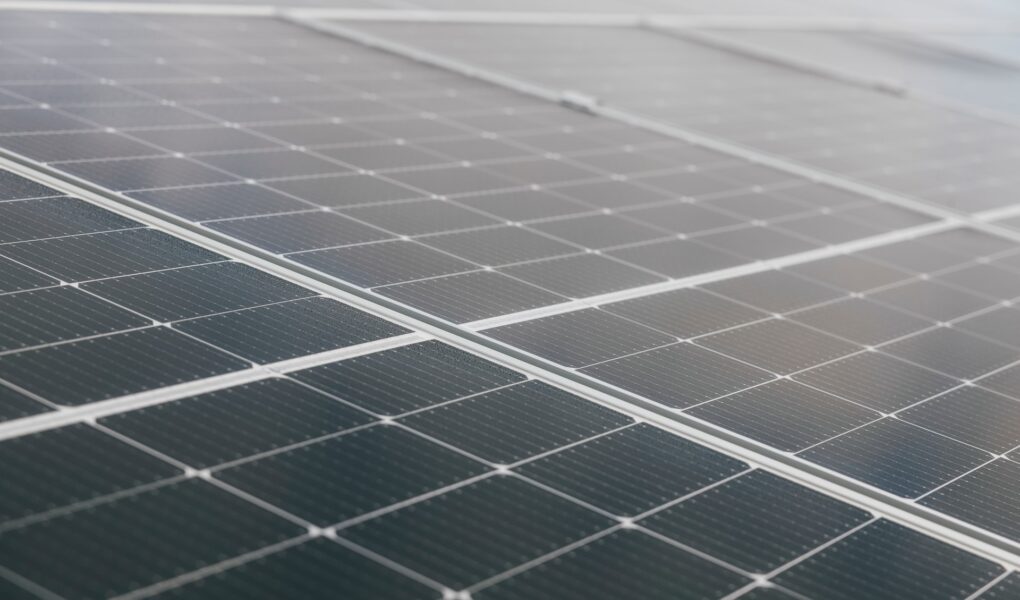Whether a homeowner or a business owner, installing solar panels is a great way to save money on your energy bills. However, it is crucial to understand whether your investment is worth it. Here are a few questions to ask yourself before making your decision.
Costs Of Installing Solar Panels
Getting a new solar panel system can be a major expense. However, the installation can pay for itself in many cases. The cost of installing solar panels varies based on the type of system, how much electricity is needed, and the home’s location. It’s worth doing some research before you make your final decision. Solar panels are a great way to reduce your utility bills. Using solar power to power your home or business can help you save hundreds of dollars annually. They also help you become more eco-friendly. Installing solar panels can be anywhere from a few hundred dollars to several thousand. However, the best way to determine exactly how much it will cost is to perform your calculations. Many calculators on the internet will help you calculate how much it will cost. The costs of installing solar panels can vary greatly depending on your home’s location and your personal energy usage patterns. The average US home uses 11,000 kilowatt-hours of power per year. This energy is the same amount it would take to run an average 100-watt bulb for eight hours daily.
Return On Investment
Solar panels can offer several financial benefits depending on your circumstances. When homeowners are asked how much do solar panels save on electricity bills, they mentioned a significant amount is saved depending on electricity consumption. This includes savings from energy bill reductions, income from solar renewable energy credits (SRECs), and property value enhancement. It’s essential to evaluate your situation before committing to solar investment. The best way to determine the return on investment is to calculate the cost of the system and then compare it to the cost of buying electricity from your utility company. For the best results, estimate the cost of the system over 25 years. This can include any incentives you qualify for, such as the 26% tax credit available through the Federal government for installing solar systems. One of the best ways to estimate a solar system’s cost is to look at your utility’s billing history. You should also take into account any state or local incentives that are available. This will further reduce the cost of a solar installation. Calculating the ROI is a tricky feat. Many factors are involved, including the efficiency of the panels, the cost of the solar panel system, the cost of electricity from your utility company, and the state’s tax incentive policy.
Irradiance Maps
Whether you are designing a solar power system or just interested in how much energy your solar panels generate, you’ll need to know about solar irradiance maps. The data is used to determine where solar panels can be installed and how much power you can expect from them. Solar irradiance maps are created using satellite imagery databases. Maps serve as high-resolution images, revealing the local variability of solar radiation in complex terrain. The maps are also provided in formats compatible with the desktop version of Google Earth software. You can download individual Global Horizontal Irradiance maps (GHI), and derived data sets (DDS) are available in geospatial rasters. These maps allow you to visualize the data, analyze it, and query it. The maps also have interactive features that allow you to zoom in on locations of interest and obtain the mean values of selected variables. The potential solar map is also available, allowing you to draw shapes to determine the energy production potential of a site. A map is also a useful tool when selecting sites.
Payback Period
Getting a solar power system will save you money in the long run. However, your solar panels will take some time to pay for themselves. Luckily, some incentives can help make the process easier. These incentives include rebates and tax credits. Depending on your geographic location, your solar panel payback period will vary. Some states offer payback periods as short as five years, while others offer as long as 15 years. When calculating your payback period, you must account for several factors. One of the most important factors is your electricity costs. The average electricity rate in your region will affect the length of your payback period. If you have high rates, you will need to invest more money to compensate for the initial expense. In contrast, if you live in an area with low electricity costs, your solar system can be paid for in a few years. To calculate your solar panel payback period, you will need to know the system’s total cost, including installation costs. Depending on your chosen system, the average payback period is in the eight to twelve-year range. You will also need to consider incentives available in your area.




